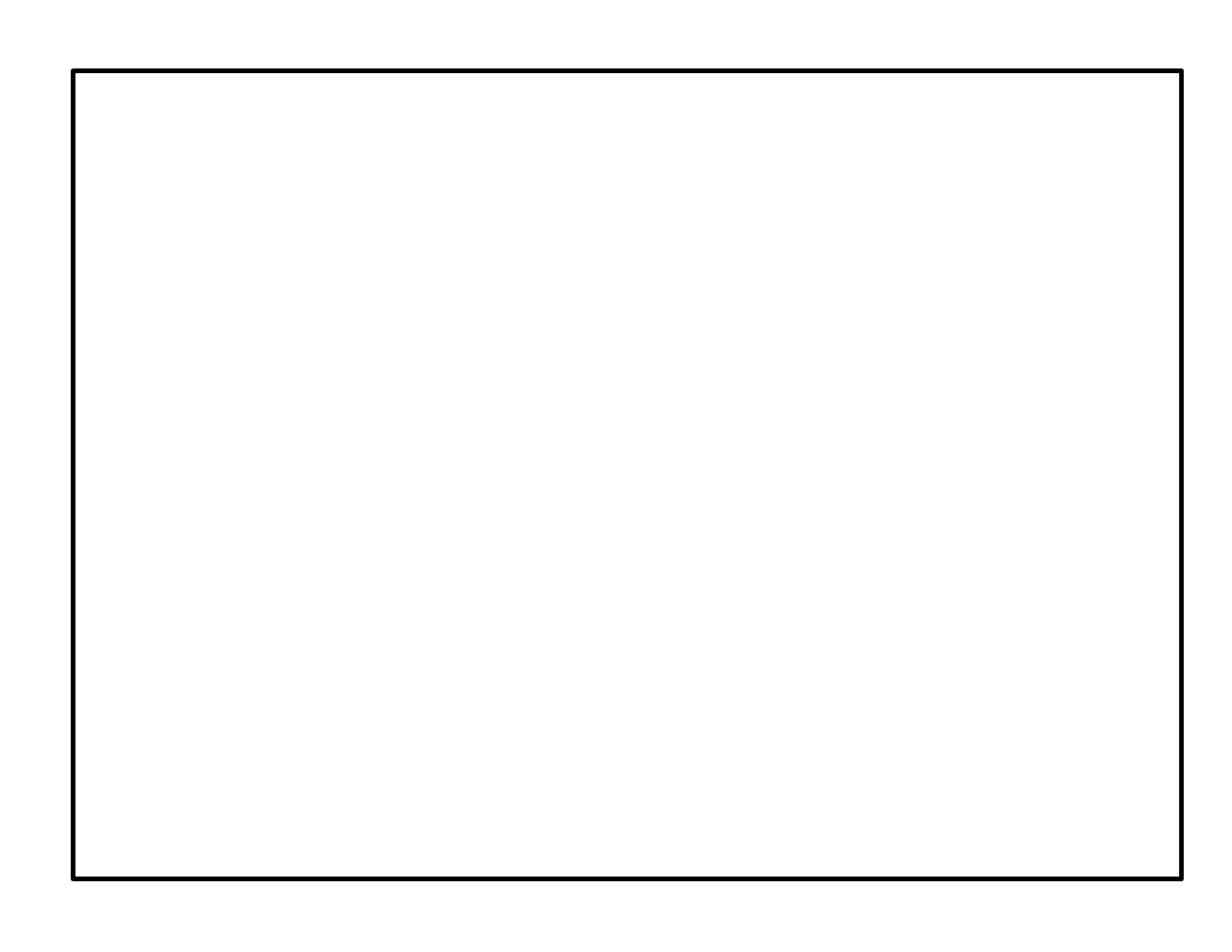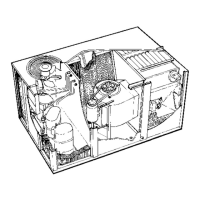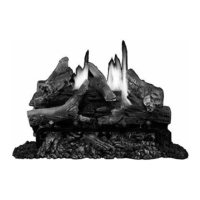Page 77
C1 DIAGRAM WITH D5 DIAGRAM
Electromechanical Thermostat with Economizer
G-REMD16M
When a REMD16M economizer section is applied to the CHA16-1853 with electromechanical
thermostat, three stages of cooling are available dependent on the actions of the economizer en
thalpy control. By sensing outdoor temperature and relative humidity, the enthalpy control deter
mines if outside air can be used as a first stage of cooling. If so, 1st stage cooling is handled by
outdoor air dampers and 2nd stage cooling is handled by the compressor. The enthalpy control
continuously adjusts the outdoor air dampers to maintain a balanced mixed air temperature. When
outdoor air conditions become unsatisfactory for cooling, the outdoor air dampers and the com
pressors handle all cooling demand.
NOTE-In order to understand how optional controls affect the operation of the CHA16, you must
first read and understand how all the CHA16 components work.
Factory jumper-plug P3 is removed from harness jack J3 and discarded. Economizer plug P4 re
places plug P3. These connections are made in the unit blower compartment.
Operation Sequence: C1 Diagram with D5 Diagram (economizer connected to CHA16-1853
with electromechanical thermostat)
NOTE-In this operation sequence the unit diagram has been omitted in order to concentrate on
the interaction between thermostat and economizer.
NOTE-Relay K9 is part of the ECH16 Electric Heater used with the CHA16 unit for heating.
1- Economizer outdoor air dampers drive full closed anytime blower B3 is not operating.
2- Damper motor terminal TR is powered by unit contactor K3 when there is a blower demand or
by K9 when there is a heating demand. When 24VAC is applied to between terminals TR and
TR1, the damper motor is energized and the outdoor air dampers open to minimum position.
3- Blower B3 is energized (indirectly) by thermostat terminal G. On a cooling demand, thermostat
terminal G energizes contactor K3 which in turn energizes the blower (refer to operation se
quence on previous page for exact sequence). When K3 energizes, K3-1 closes to energize the
blower and K3-2 closes to energize the economizer (see step 2) and open the outdoor air damp
ers to minimum position.
Enthalpy Low, 1st Stage Cool:
4- Initial cooling demand Y1 is sent to enthalpy control A6 and terminal 1.
5- Enthalpy control A6 has determined that outside air can be used for cooling and has switched
internal relays 1K and 2K.
6- Cooling demand is routed through enthalpy control to energize internal relay 1S. Internal con
tacts 1S1 close to complete a circuit through damper motor terminals T and T1.
7- When a voltage is applied across terminals T and T1 of damper motor, the damper motor ener
gizes and outdoor air dampers open. Supply air sensor R1 varies the voltage across T and T1
and the outdoor air dampers adjust accordingly. 1st stage cooling is provided by outdoor air.
Enthalpy Low, 2nd Stage Cool:
8- Economizer outdoor air dampers remain open.
9- Additional cooling demand is routed from thermostat Y2 through enthalpy control terminals 3
and 5 to energize the 1st stage compressors. The 1st stage compressors provide all addi
tional cooling.
Enthalpy High, 1st Stage Cool:
10- Enthalpy control internal relays 1K and 2K switch. Internal relay 1S is de-energized and 1S1
opens. Outdoor air dampers close to minimum position.
11- Cooling demand is sent from thermostat terminal Y1 through enthalpy control termi
nals 1 and 2 and through enthalpy control terminal 5 to energize the 1st stage com
pressors.
Enthalpy High, 2nd Stage Cool:
12- Additional cooling demand is sent from thermostat terminal Y2 through enthalpy control ter
minals 3 and 4 to energize the 2nd stage compressor.
Night Setback (optional field installed)
NOTE-Relay K11 is part of the REMD16M185 economizer.
13- Optional field installed time-clock and night thermostat S12 must be connected for night setback
operation.
14- Blower B3 operates only during a heating demand when night thermostat is closed.
15- When clock contacts close, relay K11 energizes. Contacts K11-1 open to disable the day ther
mostat and contacts K11-2 open to drive the dampers full closed.
16- Night thermostat S12 is typically set with setpoints below thermostat S1. During unoc
cupied periods, K11-1 opens while S1 is disabled. When S12 closes, power is applied to
S1 and the unit operates normally. When the setpoint is reached, S12 opens, S1 is dis
abled and unit operation stops.
17- Shortly before the building is to be occupied, clock contacts open to de-energize relay K11. Con
tacts K11-1 close to restore power to thermostat S1 and contacts K11-2 close to restore power
to the minimum positioner. Outdoor air dampers open to minimum position during blower opera
tion.

